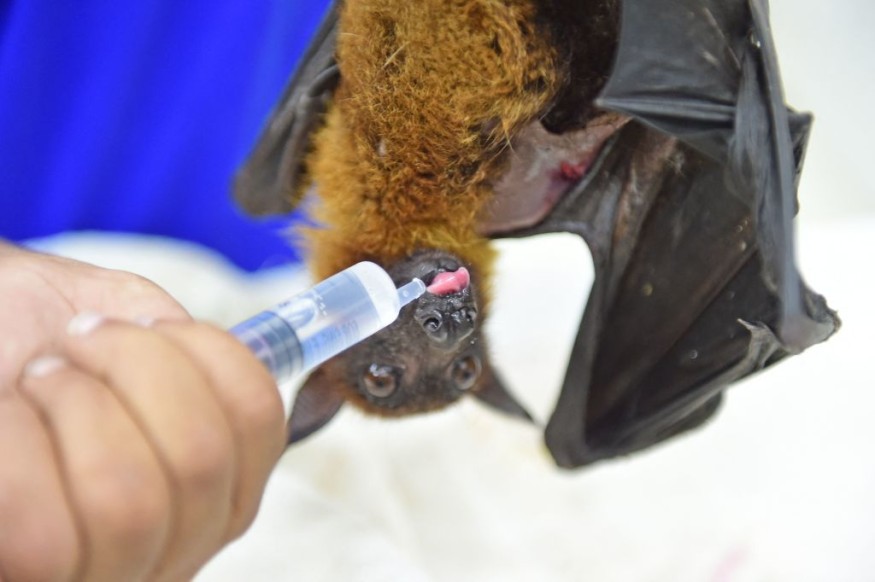
Researchers discovered that bats fly back to their roosts in a "leapfrogging" pattern after a night of hunting to maximize their time out and stay safe from predators.
Farthest Bat Out
A team from Cardiff University and the University of Sussex created a mathematical model using "trajectory data" to track the flight of greater horseshoe bats in Devon to determine how the animals interact with the nocturnal environment.
The study published in the Bulletin of Mathematical Biology suggests that when the bats leave their roosts, typically caves or loft spaces, they initially spread out in a radius of about a mile for the first hour and a half to two hours before gradually making their way home.
They also observed that the furthest bat out never seemed to want to be on the periphery and hence leapfrogged past the closest bat on the way back to the roost.
The farthest-out bat would realize it was a prime target for predators and would begin to return. The next bat out would do the same, and so on.
According to the paper, a bat would be able to tell it was the one farthest away if it did not detect calls coming from all directions.
Previously, it was assumed that the "core sustenance zone" (where most foraging occurs) had a radius of 2km (1.25 miles). According to the team's model, it is actually a little shorter at 1.8km.
The lead author, Thomas Woolley, a senior lecturer in the faculty of mathematics at Cardiff University, stated that the bat furthest out did not appear to desire to be in that position.
"So you have a cascade of motion of the furthest bat hopping back towards the roost," he added.
Foraging Areas
Fiona Mathews, a professor of environmental biology at the University of Sussex, compiled the trajectory data. She collaborated with a team of ecologists and volunteers who collected bats humanely and affixed miniature radio transmitters on their backs to track their flight patterns.
She stressed that greater horseshoe bats are in peril throughout Europe. Although progress has been made in conserving their roosts, little is known about how to conserve their foraging regions because following a fast-moving animal in the dark is difficult; they can readily outpace a car on a country lane.
"Bats tend to clump together in space when they are resting, a phenomenon also found in species such as bees, ants, rooks and penguins. However, to avoid competing with each other, they need to disperse away from this location to feed," she added.
The ability to model these nighttime migrations will help in the conservation of their foraging sites.
It will also help scientists understand how they might begin to recolonize places where they have been extinct, such as the south-east of England.
The paper acknowledges that its work has limitations.
Because bats do not roost in the same place every day, there is still work to be done to expand the results to cover various roost places. Other bat species may behave differently, and even the same species may fly differently at different times of year.
© 2025 NatureWorldNews.com All rights reserved. Do not reproduce without permission.





